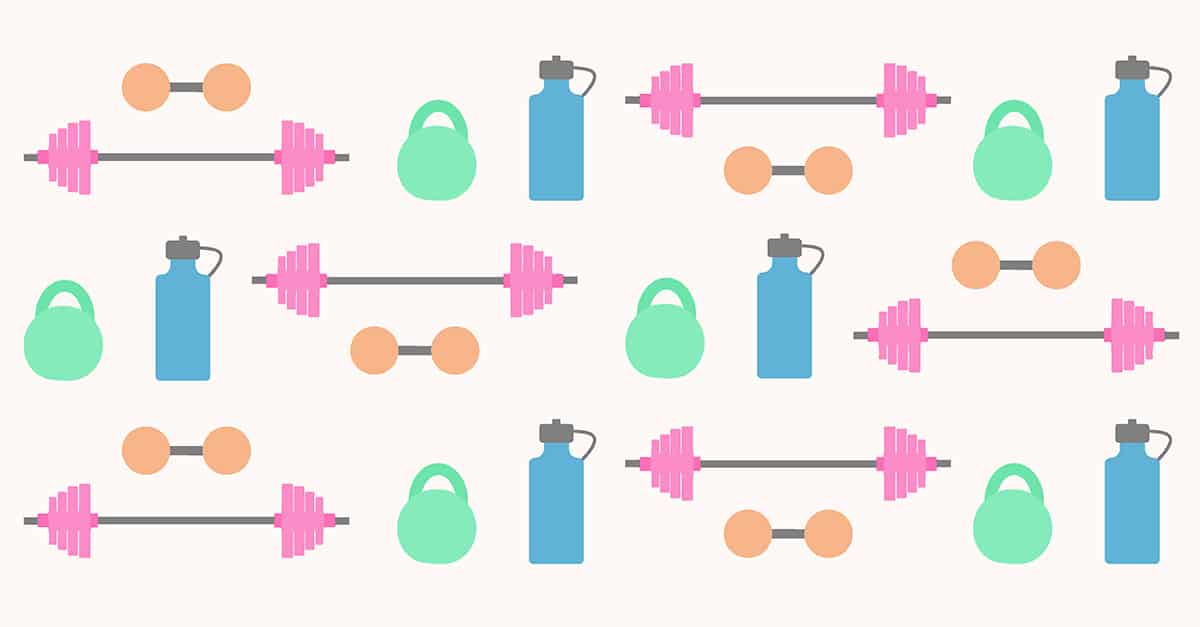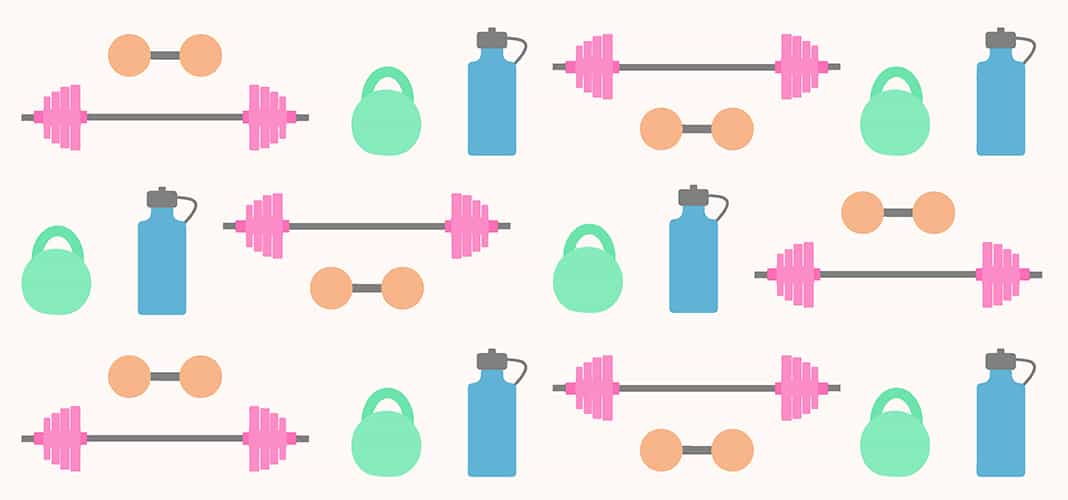Core strength is often neglected in the gym: It has a long-term association with snore-worthy moves such as crunches and sit ups. However, strengthening the core is vital for everyday movement, from carrying groceries to hitting a round of baseballs. The core is the center of the body, creating a chain along which all joints connect. Weakness in the core often relates to aches, pains, and dysfunctions from the neck all the way down to the toes (and everything in between).
When it comes to building the core, there are two components: strength and stability. Both are used interchangeably, but each provides its own set of functions. Think of core strength as motion initiated through the spine to strengthen the core muscles.
Core stability is motion resisted through the spine via the activation of the abdominal muscles. In other words, strength requires contracting the abdominals while the spine moves, while stability requires contracting the abdominal muscles while the spine is rigid.
Adding core exercise to your weekly workout routine will improve posture, reduce pain, increase overall strength and stability, and improve athleticism. As you progress through core exercises you may want to consider adding weight to these movements for even better strength gains.
Below are six core exercises you can add to your weekly workout routines, divided into categories based on the type of movement.
Anti-Extension
For anti-extension exercises, you resist extending through the lumbar or low spine (i.e. arching the back). Though most desk jobs have us hunched over computers all day in spinal flexion, athletes and weight lifters find themselves stuck in spinal extension, where the pelvis tilts back, which often leads to low back pain.
One of the best anti-extension exercises is a dead bug. Though it looks simple, it’s tough when done correctly. It’s also a core movement that has loads of variations as you progressively grow stronger.
Anti-Rotation
For anti-rotation exercises, you resist rotation or twisting through the lumbar spine. Preventing rotation helps improve the ability to react when something forces you to rotate into a position that may be unsafe. For instance, that may happen if you slip on a patch of ice or are shoved to the side in a busy crowd.
A great beginner anti-rotation exercise is the bodyweight single-leg deadlift. Moving with one side of the body, also called a unilateral movement, forces your body to correct imbalances so you don’t fall over. You may tend to wobble and tip when you first try this, but stick with it and your balance and stability will improve.
Anti-Lateral Flexion
For anti-lateral exercises, you resist bending to the side. The purpose of this type of exercise is to stay completely upright, so going too heavy with added weight can reduce the incentive.
A great beginner anti-lateral flexion exercise is the side plank. This can be performed with legs extended or knees bent.
Recommendations
Set aside time at the end of your workout session to work on core strength and stability. As you grow stronger, increase the intensity by adding weight to the movement. If you exercise three times per week, choose one of the core exercises above per day to add to your workout routine.


